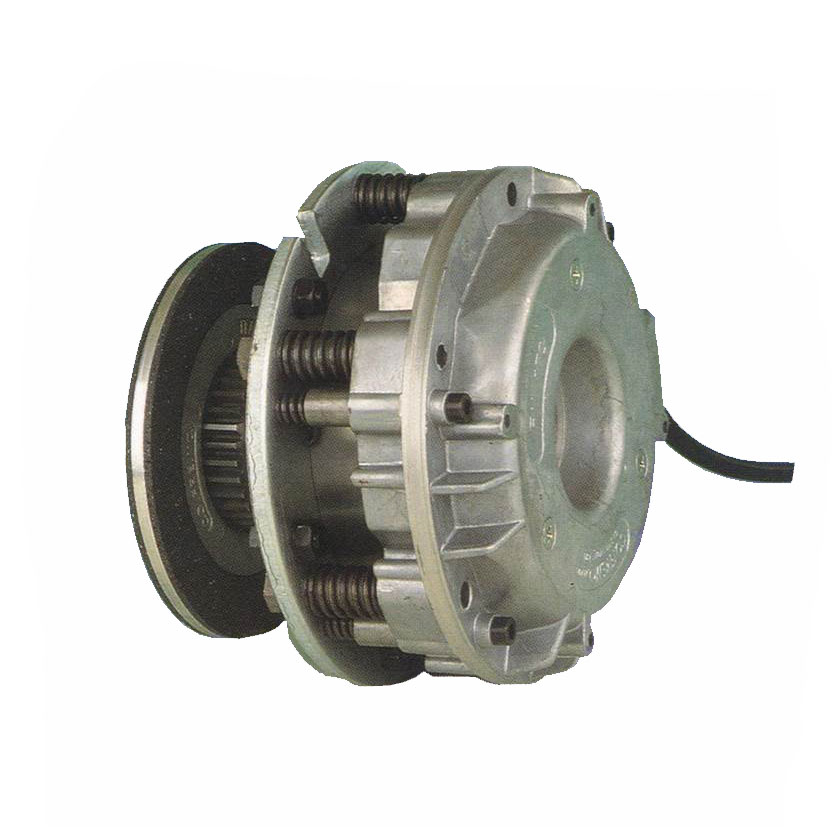
If the motor inlets and outlets are covered by a blanket of lint or if a bearing should begin to lock, excessive heating of the motor windings will “overload” the motors insulation which could damage the motor.įor more detail information,please refer to ELECTRIC MOTOR HANDBOOKS : Short duration overloads such as a slug of product going through a system.Typical motor starting currents of 6 to 8 times normal running current when starting.Overload devices are designed to allow high currents to flow briefly in the motor to allow for: After the heater element cools, the ratchet wheel will again be held stationary and the overload contacts can be reset.When the motor current exceeds the rated value, the temperature will rise to a point where the alloy melts the ratchet wheel is then free to rotate, and the contact pawl moves upward under spring pressure allowing the control circuit contacts to open.The eutectic alloy in the heater element is a material that goes from a solid to liquid state without going through an intermediate putty stage.The motor overload device prevents this type of problem from severely damaging the motor and also provide protection for the circuit conductors since it is rated for the same or less current as the conductors. The over current device will not react to this low level overload.

The larger the overload, the more quickly the temperature will increase to a point that is damaging to the insulation and lubrication of the motor.

Properly sized overload protection disconnects the motor from the power supply when the heat generated in the motor circuit or windings approaches a damaging level for any reason. The effect of an overload is an excessive rise in temperature in the motor windings due to current higher than full load current. Overload protection is installed in the main control circuit or power line of motor to protect from damage due to mechanical malfunction overload conditions when it is running.


 0 kommentar(er)
0 kommentar(er)
